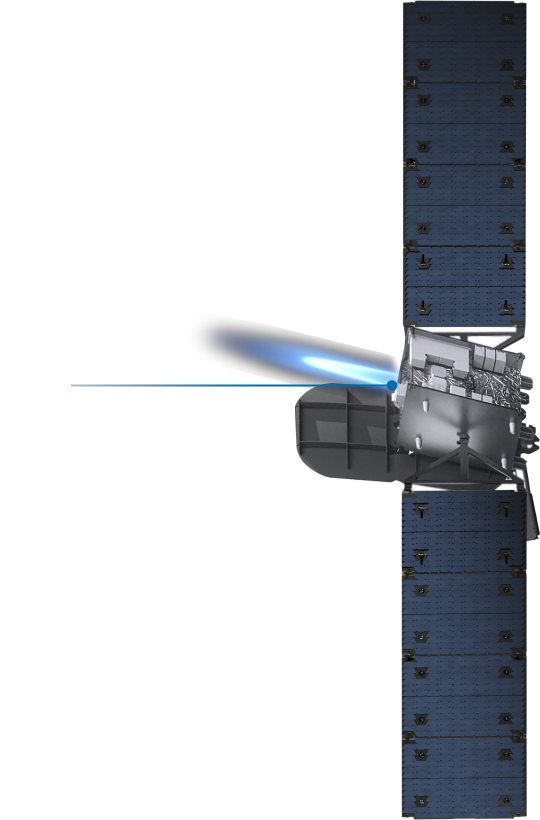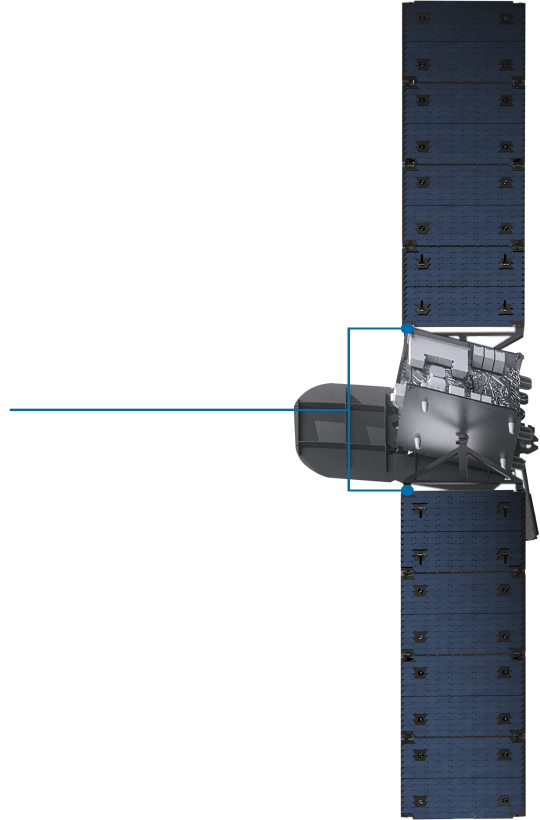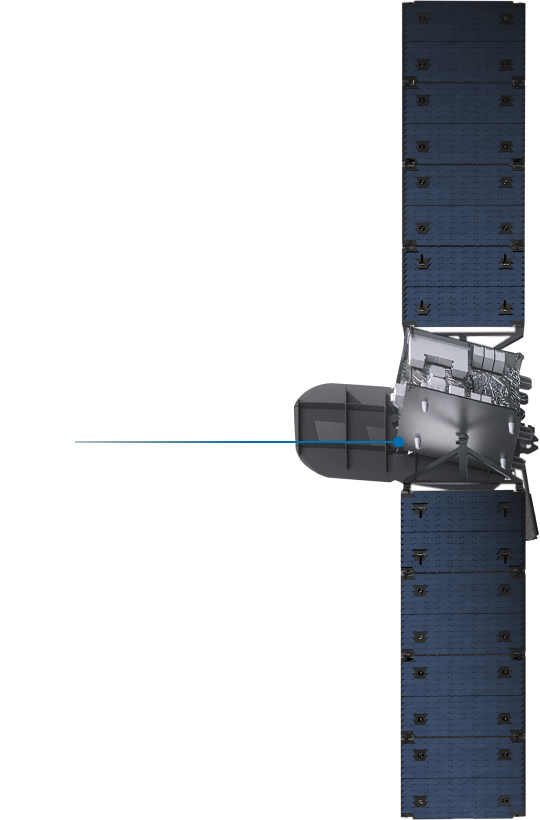Purpose-built for high orbits.
Space-tested, space-validated.
We launched our first MicroGEO satellite in 2023 — Arcturus. It’s now executing communications missions for government and commercial customers around the world, and all of the Astranis-designed hardware on board is working perfectly on orbit.













